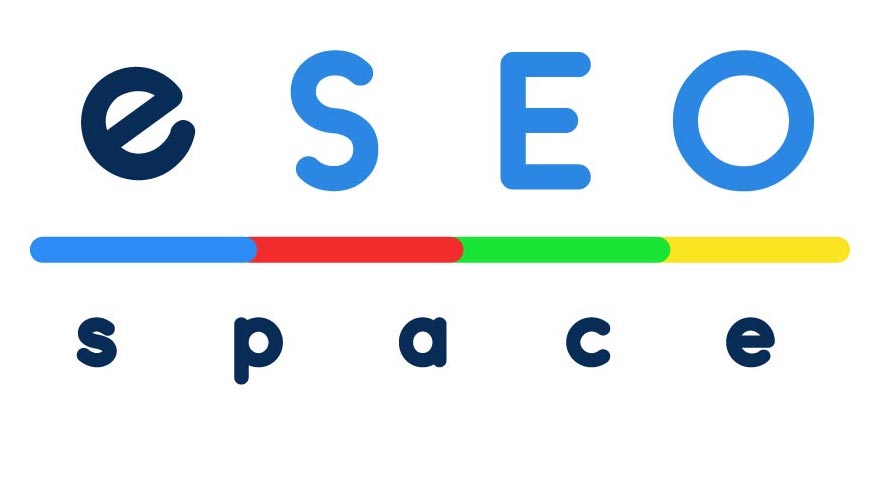Figma Design is a great choice for website design because of its powerful tools and intuitive user interface. With Figma, you can create stunning visual designs that are fully responsive, so they’ll look great on any device. In addition, Figma allows you to work collaboratively with others, which makes it easy to make changes in real-time and review feedback from colleagues quickly. Furthermore, Figma offers extensive resources such as tutorials to help you quickly get up to speed with the design tool. Finally, because there’s no coding required for Figma designs, your Website can be ready for development faster than if you were using a traditional web design approach. Overall these features make opting for Figma Design an excellent choice when it comes to designing your Website before developing it!
What is the difference between Figma and Webflow design?
The difference between Figma and Webflow design can primarily be found in the way that each program functions.
Figma is a vector-based graphic design tool for creating high-fidelity mockups and prototypes. It’s designed to work with teams, allowing multiple people to collaborate on designs and make edits in real-time. It also offers access to a library of elements, such as logos, icons, fonts, animation effects, and shapes. Additionally, Figma is a great choice for those who need to create interactive prototypes quickly and efficiently.
On the other hand, Webflow is a visual web development platform that allows users to design complex websites without coding. Unlike Figma which is vector based, Webflow lets users build websites using a drag-and-drop system that makes coding unnecessary. With Webflow’s intuitive tools & resources, designers have the ability to create visually stunning sites with intricate interactions and animations easily. Additionally, Webflow also has an ever-expanding library of plugins (known as “Elements”), allowing users to customize their sites even further.
In conclusion, while both Figma and Webflow are best used for designing user interfaces (UI) with powerful features and capabilities; they offer two distinctly different approaches when it comes to creating digital products or experiences—Figma is focused on design while Webflow takes a more development-oriented approach. As such, it all depends on your particular needs as far as which program you prefer.
How do I use Figma to design a website?
Figma is a great tool for designing websites, allowing you to create stunning visual mockups and prototypes of your website before jumping into the coding process. With Figma, you can create highly detailed designs that are easy to collaborate on with other team members. Additionally, Figma’s library of elements also makes it easy to quickly add logos, icons, fonts, animations and shapes to your design.
To begin using Figma for website design, you will want to start by creating a frame in the canvas. The frame serves as the boundary of the page where you can design and build layouts. After creating the frame, you will then need to add components such as buttons and text boxes in order to fill out your page. Once your page is ready, you can then use Figma’s powerful vector tools like Pen Tool or Arc Tool to make precise adjustments and edits to ensure that everything looks how it should.
Once you have finished designing your website in Figma, it is time to share it with others or prepare it for production. To do this, Figma allows users to export their pages into HTML code which can be used directly in any modern web browser. Additionally, with Figma’s real-time collaboration feature enabled, multiple people can work on the same project simultaneously which will help speed up the entire design process significantly.
Overall, Figma is an incredibly useful tool for designing websites due its easy-to-use interface & powerful features that allow users full control over their designs from start to finish. From creating detailed visuals with vector tools & customizing elements with libraries of assets; all the way up through exporting HTML code & collaborating with teammates; Figma provides one of the most comprehensive solutions available when it comes to website design today.
Is there an alternative to Webflow for website design?
Yes, there are plenty of alternatives to Webflow when it comes to website design. One popular choice is Adobe Dreamweaver – this is a powerful web development platform that allows users to create and manage websites with both coding and a visual interface. With Adobe Dreamweaver, users can quickly create and edit HTML, CSS, JavaScript and other web development languages from the same environment. Additionally, Adobe Dreamweaver also offers access to many features such as plugins for extra functionality, built-in FTP/SFTP support for file transfers, integration with Adobe Creative Cloud products for seamless collaboration, and more.
Another great alternative to Webflow is WordPress – this is an open source content management system (CMS) that makes it easy for users to create stunning websites without needing any coding knowledge. Users can choose from thousands of free themes or purchase professionally designed ones in order to customize their site’s look & feel. Additionally, WordPress also offers a wide range of plugins & tools which can be used to enhance functionality as well as extend the site’s capabilities even further.
Finally, Squarespace is another great option when looking for an alternative website design tool similar to Webflow. This platform allows users to quickly create professionally designed websites without writing any code; all they need is the power of drag-and-drop editing tools available within their intuitive dashboard interface. Squarespace also offers access to a library of templates which can be customized according to each user’s needs & preferences; plus its integration with various third-party services makes it even easier for users to extend their website’s reach even further.
What are the top features of Figma Design?
Figma Design is a powerful design tool for creating web designs and other digital products. It has a range of features that make it an ideal choice for designers and developers alike.
The most useful feature of Figma Design is its intuitive user interface, which allows users to effortlessly drag-and-drop elements onto their canvas to create beautiful and complex designs. Additionally, users can customize each element with detailed vector tools like the Pen Tool or Arc Tool in order to get precise control of their design.
Figma also offers access to a library of assets that includes buttons, icons, illustrations, images and more; allowing users to quickly add these into their projects without having to re-create them from scratch. Furthermore, Figma also allows teams to collaborate in real time on the same project – this makes it easy for multiple people to work together simultaneously on the same design, thereby speeding up the entire process significantly.
To make sure your website looks exactly how you want it in production, Figma also offers an HTML export feature which will enable users to directly embed their designs into web browsers or platforms like WordPress or Squarespace for easy site creation. Additionally, thanks to its integration with various third-party services like Slack & Google Drive; design teams can easily synchronize assets across all devices and platforms; ensuring everyone’s always working with the latest version of the project files.
Overall, Figma Design’s wide range of features make it one of the best tools available today when it comes to designing websites & other digital products. From its intuitive user interface & drag-and-drop components; all the way up through its collaboration capabilities & HTML export feature; Figma provides an incredibly comprehensive solution that will help take your digital product designs to the next level.
Can you code with Figma Design?
The answer to the question, “Can you code with Figma Design?” is yes. With Figma Design, users can use the Code panel to create custom HTML, CSS and JavaScript code that helps make their designs come alive on the web. The Code panel not only allows for easy integration of custom code into a design but also includes helpful features such as auto-completion, syntax highlighting and in-app code validation. This makes coding with Figma Design very straightforward and efficient for developers.
Moreover, when working with Figma Design’s Code panel, users have access to several helpful libraries such as React and Bootstrap. These libraries provide a wide range of components like dropdowns, sliders and buttons that take away much of the tedious work associated with coding from scratch. Furthermore, Figma Design also allows users to pair their projects with popular text editors like Sublime Text or Atom; making it even easier to write maintainable and well-structured code within their project files.
Additionally, Figma Design also integrates with various third-party services such as Github which makes it incredibly simple for developers to sync their projects across multiple machines or collaborate easily with other designers or developers on the same project.
Overall, Figma Design is an incredibly powerful tool when it comes to creating websites or other digital products – its ability to integrate custom code through its intuitive Code panel and its connection to popular libraries & text editors gives developers plenty of options when designing aesthetically pleasing yet functional designs on the web.
Is it easy to learn how to use Figma Design for Website Development?
The answer to the question, “Is it easy to learn how to use Figma Design for Website Development?” is yes. With a user-friendly and intuitive design, Figma Design makes it relatively straightforward for users to pick up and learn the basics of designing a website or other digital product. The interface is highly visual and easy to navigate, providing an enjoyable experience for beginners as well as experienced designers alike.
In addition to its simple user-interface, Figma Design also offers a wide range of tutorials that will provide you with all the information needed on how to get started with designing websites in Figma. These tutorials emphasize teaching the fundamentals of web design and provide detailed step-by-step instructions on how to use the various tools available within Figma Design – from creating wireframes using basic shapes & lines; all the way up through adding custom code & animations into your designs.
Furthermore, learning how to use Figma Design allows teams of developers & designers to collaborate more effectively on projects too – by enabling real-time synchronous collaboration; multiple people can edit and view changes made within a project at once; ensuring everyone’s always working off of an up-to-date version of a design. This level of collaboration helps speed up development times significantly and ensures that any adjustments made are seen by all members in an instant.
Moreover, since Figma is compatible across both MacOS and Windows operating systems – with additional support for mobile platforms too – users can take their designs on the go without having to worry about platform compatibility issues. Additionally, there are also third party plugins available from developers around the world which allow users to extend their designs even further with ease! From templates & libraries full of assets such as illustrations & icons; down through custom scripts written in JavaScript or HTML/CSS; these plugins help make it easier than ever before for developers & designers alike to get creative when building their websites in Figma Design!
Overall, with its user friendly interface and comprehensive selection of tutorials & plugins; along with its support for real time collaboration between teams; learning how to use Figma Design for Website Development is not only easy but also incredibly rewarding!






